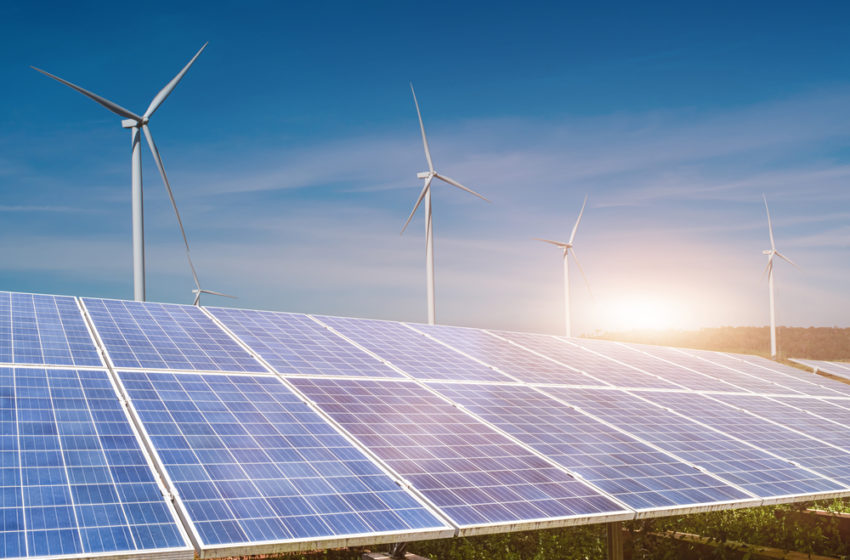Gas Supply to Geometric Power Resumes, as More People Now Receive Electricity
Wind Surpasses Coal in European Electricity Generation

In the final quarter of 2023, European power producers achieved a significant milestone by generating more electricity from wind sources than from coal for the first time.
According to data from the think tank Ember, Europe’s utilities produced a record-breaking 193 terawatt hours (TWh) from wind sites, surpassing the 184 TWh generated from coal-fired power plants during the same October to December period.
Despite challenges faced by the wind installation sector in 2023, including high labor, materials, and financing costs, wind generation in the last quarter of 2023 increased by approximately 20 percent compared to the same quarter in 2022.
New policy support implemented by European lawmakers in late 2023, which includes financing for turbine manufacturers and shorter permitting times for developers, is expected to further enhance regional wind generation in 2024. This support may potentially widen the gap between wind power and coal in the energy generation landscape.
While additional wind generation capacity is anticipated in Europe for 2024 and beyond, the outlook for coal-fired generation remains uncertain and will play a crucial role in determining the sustainability of wind power’s dominance over coal.
Key factors include coal-fired output in major countries like Germany, Poland, and Turkey, which collectively contribute about half of Europe’s total coal-fired generation. These countries experienced a temporary increase in coal use towards the end of 2023 due to higher heating demands, despite an overall reduction in coal use in the first half of the year.
The future balance between coal and renewable energy sources, especially wind power, will be influenced by overall economic momentum. If manufacturing activity expands in 2024, power consumption is likely to rise, potentially leading to increased output from fossil-fuel plants alongside renewables.
However, ongoing wind power projects are expected to progress, with key markets such as Germany, the United Kingdom, Spain, France, and Denmark witnessing increased construction and grid connection in 2024.
Government tenders for new wind capacity, both onshore and offshore, are anticipated in 2024 following European Union policy agreements.
Germany plans a tender for 8 gigawatts (GW) of new offshore capacity, Denmark is set to begin auctions for a total of 9 GW of offshore projects, and France aims to boost its wind power footprint through the construction of two floating wind farms.
As these projects come online, Europe’s total wind generation is expected to exceed the 604 TWh produced in 2023, reinforcing the region’s commitment to clean power expansions.
While European coal-fired power generation may experience a temporary uptick due to recovering industrial activity, the long-term trend suggests that wind power will consistently outshine coal power in Europe’s electricity generation mix, provided that power firms follow through on the planned development pipeline.






